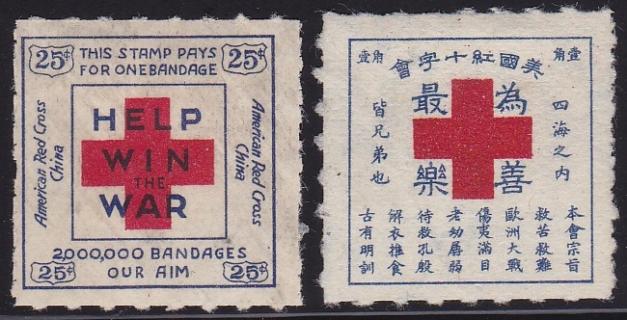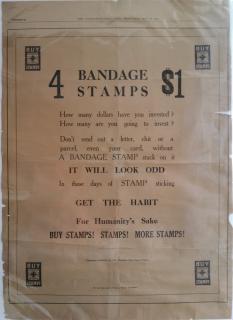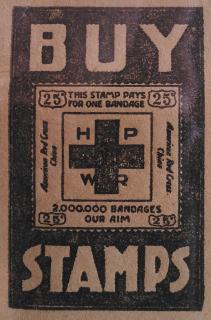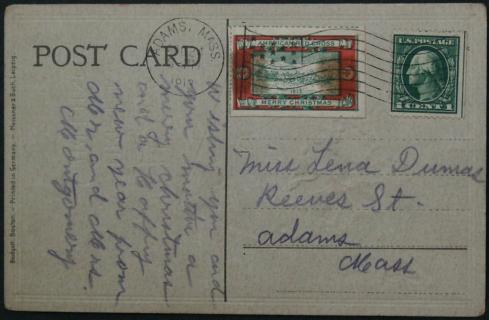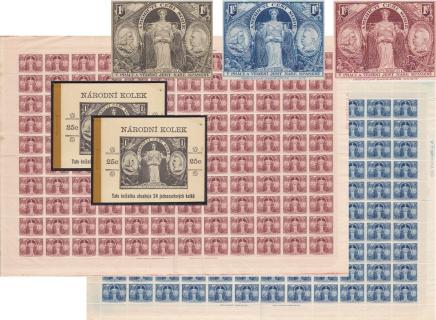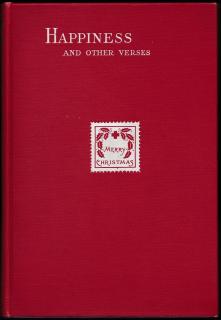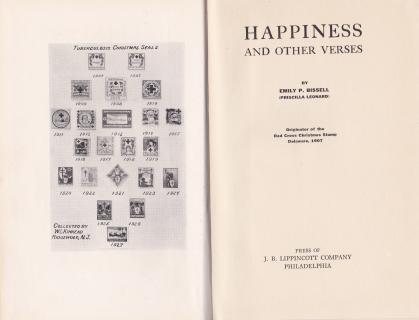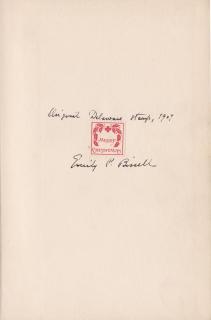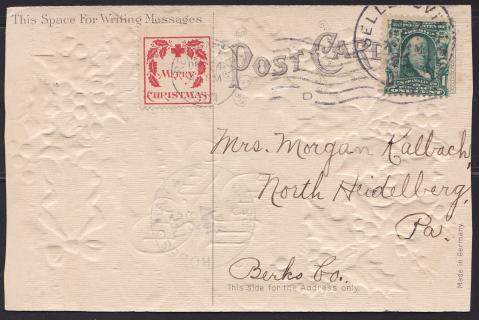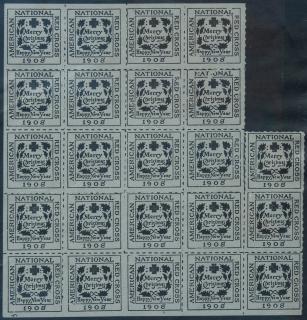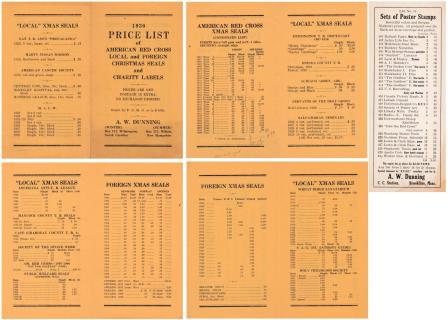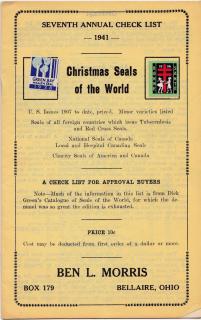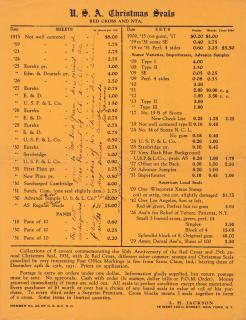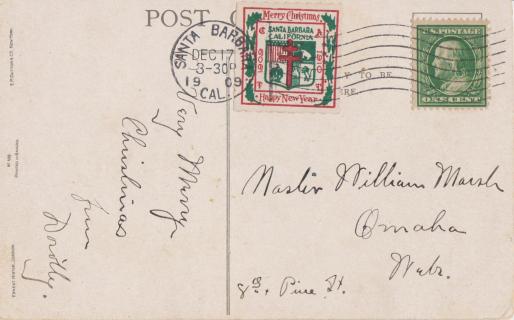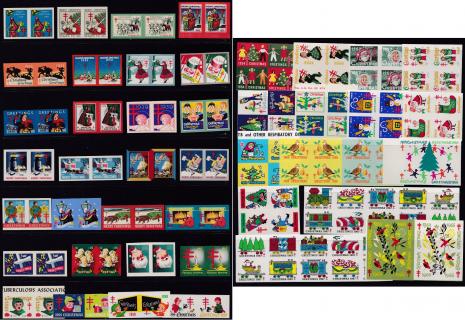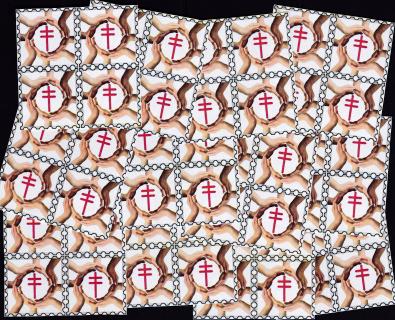In the 1970's, when Ray Mosbaugh wrote the US All Fund Catalog, he must have had difficulty translating Američtí Češi Sobě, Ethnic #2230, but with the help of the internet, the meaning is "Czech American Rooms". Issued in 1902, this is a very early US Czech Ethnic fundraising seal. CS&CSS member Richard Bridges reported that #2230 was issued by The Council for Higher Education, or CHE (Matice Vyššího Vzdělání), with Šimek and W. F. Severa as the founding members.
In 1901, Cedar Rapids businessman W.F. Severa attended a high school graduation in that city and was impressed by the intelligence and presence of the valedictorian, who was also a Czech-American. Severa was dismayed when he learned that the young man was to become a manual laborer because he could not afford to attend college. Severa agreed to finance his education. The young man, Efrem (Jeffrey) Hrbek, refused what he considered to be charity, but accepted an interest-free loan. Hrbek became the first recipient of a CHE award and eventually received his Ph.D. from the University of Iowa and became a professor of Czech language and literature at the University of Nebraska.
Within one year of its founding in 1902, the CHE had 155 members, received $1,452.39 in donations, presumably in part from selling these fundraising seals, and made loans ranging from $25 to $200. The first president of the Board of Trustees, Professor Bohumil Šimek of the University of Iowa, undertook a series of nationwide lectures and wrote articles promoting the value of education to the Czech-American community. The history of Czech Language Programs and the Komenský Club are inseparable. The club, a branch of the CHE, named for Jan Amos Komenský (Comenius) was instrumental in the fight for Czech language instruction.
Two portraits appear on the lovely American Bank Note Company intaglio engraved seal.
John Amos Komenský (Comenius) was an impoverished Czech born in the late 1500's. He became a philosopher, theologian, and religious refugee, but is best remembered as one of the earliest champions of universal education.
Karel Jonáš (Charles Jonas), a Czech emigrant to the US in 1862, was a journalist and politician. He was elected to the Senate twice, and was the Lieutenant Governor of Wisconsin. His home in Racine is on the National Register of Historic Places.
